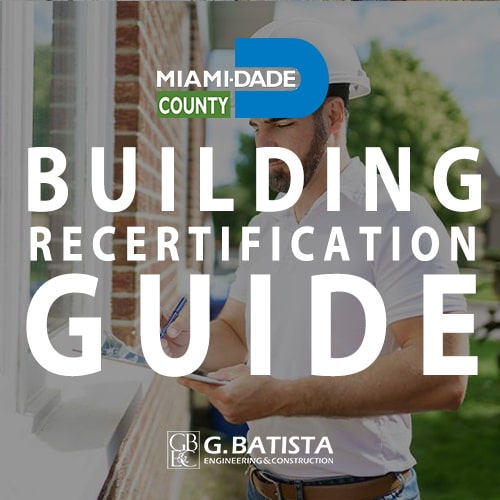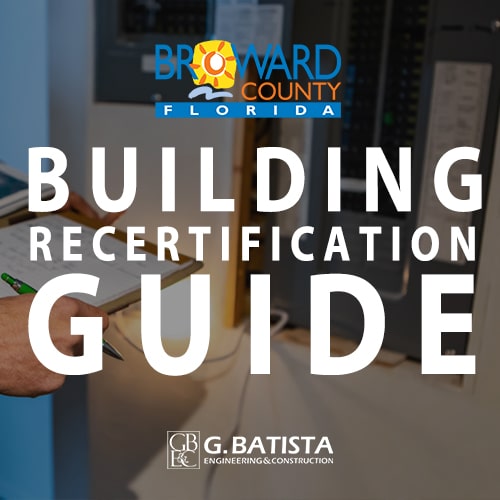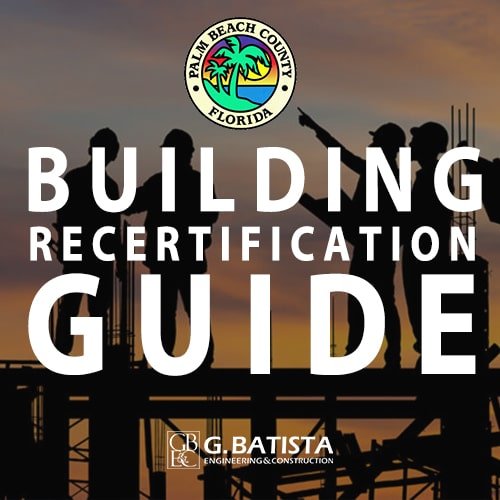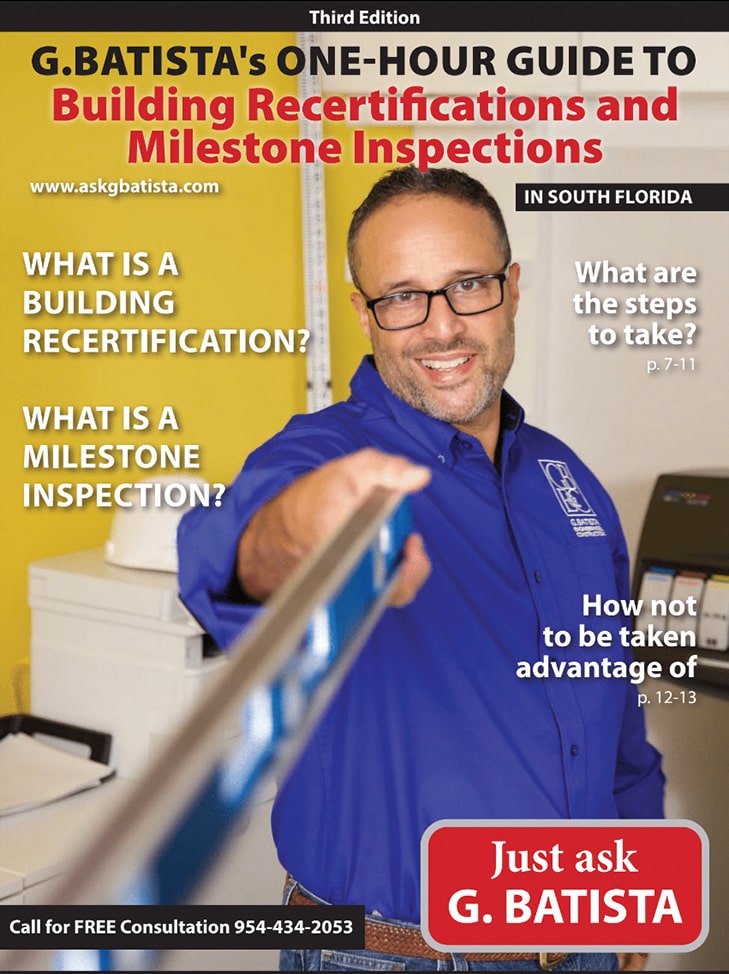
HOW MUCH DOES A 40-YEAR RECERTIFICATION COST?
If you are reading this blog, then you have received your notice to perform a 40 Year Inspection. Simply put, a 40 Year Recertification is an inspection that is required by the State of Florida when a building turns 40 years old. Additionally, you must to inspections every 10 years thereafter. You can find a lot of information on the web that will help you understand what a 40-year recertification is. However, this blog is about the price of a 40-year inspection. But in order to talk about the cost, one must realize the reason for the existence of the 40-year inspections, to begin with. If your looking to hire a building inspector you can click the button below to get a quote within 24 hours.
Beginnings of the 40 Year Recertification
The 40 Year Recertifications were put into law primarily for the public safety. Building owners perform upgrades and renovations to buildings without pulling permits. Also, Owners many times do not maintain their buildings properly. As a result, many properties contain unsafe conditions for its occupants. Examples of these unsafe conditions are as follows:
- Faulty or exposed wiring
- Spalling concrete
- Hidden structural problems
- Failed roofing systems
- Possible fire hazards
The law requires that a licensed architect or engineer take the responsibility of the inspection and submit a signed and sealed report.
The Cost of a 40 Year Recertification
The best way to find out how much a 40 Year Recertification will cost you is by calling around and getting proposals. Of course, a simple search on the internet will yield lots of information on available professionals in your area. Each engineer or architect has their own way of calculating how much they are going to charge you for an inspection. The following are the items that most affect the price of a 40 year building inspection (in order of importance):
- Size of the building (i.e. number of units)
- Complexity of the structure
- Accessibility
Size of the Building being inspected
As you may have guessed, the size of the building is the factor that most affects the price of a 40 Year Recertification. Lets take the example of an inspector that has decided he must visit 50 apartments in the case of a high-rise building. An inspection like this could take most of the day. Depending on the inspectors findings, the report could be lengthy.
Complexity of the Structure
As an extreme example, lets say that the inspector is to do a 40 year inspection of an electrical plant for FP&L. On the structural side, there are many unusual structures such as towers and trusses which are difficult to inspect. On the electrical side, there are high-power devices and mechanisms that are not typical to a regular inspection. Naturally, the inspector will have a very difficult time looking into all the details unless he has much experience with these types of structures.
On the other hand, a much simpler inspection would involve a one-story four-plex apartment building. Typically, these buildings are constructed of concrete and block and a have a roof structure that has trusses and a shingle roof. This simple building will also likely have 4 electrical meters and an electrical panel for each unit.
Accessibility
Although this does not tend to be an issue, accessibility can be a big problem. An example of difficult accessibility is the lack of authorization to enter the units of an apartment building. Another example is where the inspector cannot easily see possible structural problems at the exterior of a 50 story high-rise building. Accessibility issues can be easily overcome by coordinating with the Owner by planning ahead.
Conclusion of Building recertification & Milestone Inspection Cost
Although the cost of a 40 Year Recertification can vary widely from professional to professional, there are certain basic items that can affect the cost. Either way, it is a good idea to understand what these potential issues are so you can discuss these with your engineer. Your engineer can provide you with a proposal once he has a good understanding of your building. Some engineers provide a price “per door” or per apartment. Prices can range between $10 per door to $300 per door (depending on many factors). Others provide a price based on square footage. Still others take into consideration the location or the structure, its age, and even if it has a crawl space that he may have to squeeze into.
Be ready to provide answers to your engineer. The better information you provide, the better proposal you will get. Let G. Batista & Associates provide you with a proposal.




